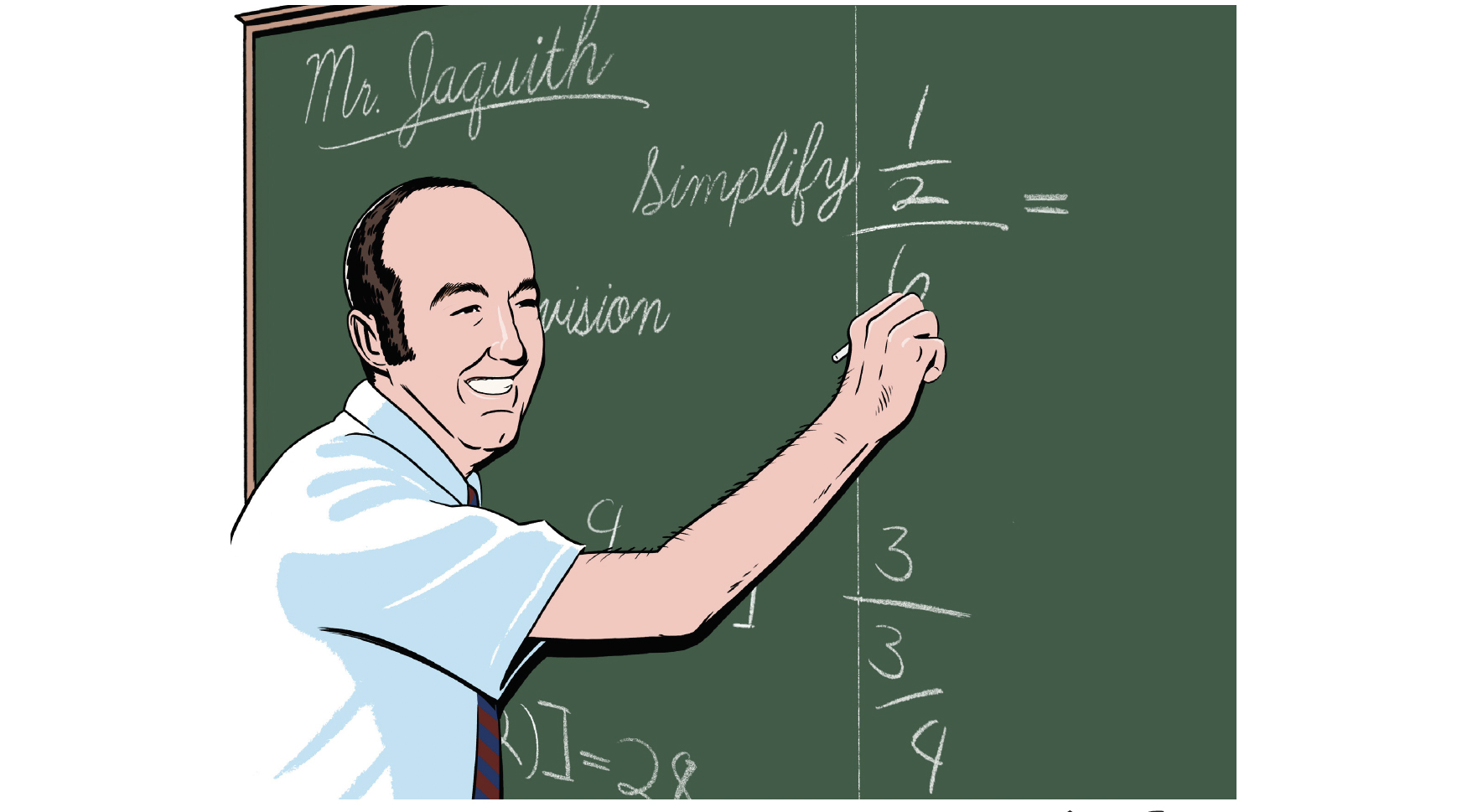A quiet life yields an unexpected bounty for medical research.
The farmhouse dated back further than anyone could remember. Records were hard to come by, but Gerald Jaquith’s family seems to have built it when they settled the property around the time of the Land Run.
Jaquith had grown up in the small, one-story frame home. He helped his dad tend the nearly 1,000 acres of land that surrounded it in Waynoka, a small farming community in western Oklahoma. On that land, the Jaquiths grew wheat and raised cattle.
After college, Jaquith made his way to Texas and New Mexico, teaching high school math in both places. But when his father and brother passed away, he returned to Waynoka in 1984 to help his mother run the farm. He continued teaching math in the Shattuck and Ringwood schools, encouraging his charges to head to college and expand their horizons, much as he had.
This past July, OMRF Senior Director of Development Sonny Wilkinson received a call from John Meinders, an attorney in Woodward. Meinders said that his client, Gerald Jaquith, had died in a farming accident at the age of 78 and that he’d left his entire estate to OMRF.
Wilkinson had never met Jaquith. When he checked foundation records, he found that Jaquith had been giving to OMRF since 1987. Over the ensuing 33 years, he’d donated a total of about $7,500, including gifts as small as $5, but nothing that would’ve predicted the generosity he showed the foundation upon his death.
Meinders sold Jaquith’s farm to a neighbor and liquidated the remainder of his assets, which also included savings accounts and bonds. When the process is complete, Meinders estimates OMRF will receive more than $2 million from the estate.
Jaquith never told Meinders why he chose OMRF as his beneficiary, but the attorney suspects it stems from the loss of his brother and parents to heart disease. “Gerald was a man with vision and a strict set of values. He always wanted to help other people.”
Mark Dickinson, a friend who helped Jaquith tend his farm for many years, described him as “a good-natured, everyday kind of person, the type of guy who would stop to help someone broken down on the side of the road.”
Dickinson says he wasn’t surprised when he learned his friend had left his estate to charity. “He was kind-hearted about everything he did.”
When OMRF’s Wilkinson visited Jaquith’s farm after his passing, he found the remains of a life lived simply and frugally: Tinkerbell, the dwarf cow with a crippled leg that he’d chosen to keep as a pet; a cache of family photos; the 1986 truck he was still driving on the day of his death. In the family farmhouse where Jaquith lived most of his life, atop a stack of documents and a neatly folded pair of new overalls on the kitchen table, Wilkinson also discovered OMRF’s 2015 annual report.
Like all donations to OMRF, Jaquith’s will go 100 percent to biomedical research. And because he did not designate the gift to investigate any particular type of disease, the funds will be put to use in the laboratories where they’re needed most.
“We’ll never know exactly why Mr. Jaquith decided to help OMRF, but we’re extremely grateful he did,” says Wilkinson. “I only wish I’d had a chance to meet him and to say thank you.”
A Legacy of Generosity
- Since 2000, OMRF has received an average of $2.5 million in gifts from estates and testamentary trusts each year.
- In fiscal year 2019, those planned gifts totaled $3.1 million.
- OMRF uses gifts from estates and trusts to fund research in all disease areas, with donors most often designating funds for projects in cancer, Alzheimer’s and heart disease. Some also choose to earmark their bequests for endowment, where the donations become a perpetual source of support for OMRF scientists and their work.



